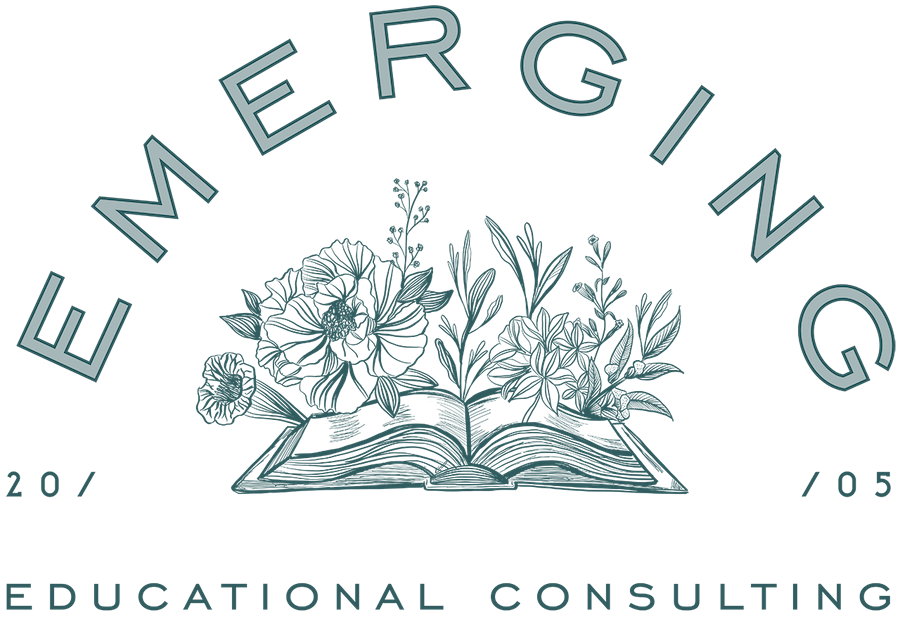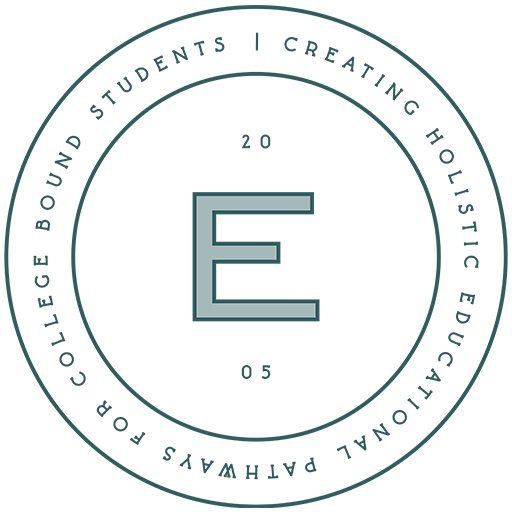What’s Worth It and What’s Just “Pay-to-Play”
As families navigate the world of extracurriculars, summer programs, and leadership opportunities, one question comes up time and again: Does this really matter for college admissions, or is it just an expensive line on a resume?
Let’s cut through the noise. Some programs provide transformational learning, skill-building, and genuine growth, while others are little more than “pay-to-play” experiences dressed up to impress. Understanding the difference can save your family time, money, and stress.
Programs That Add Real Value
Research & Academic Enrichment – Competitive, fully funded, or low-cost research programs (e.g., RSI, MIT’s MOSTEC, or university-led research internships) allow students to dive deep into areas of interest, develop critical thinking skills, and contribute to real-world projects.
- Resource: MIT MOSTEC
- Resource: RSI Program
- Resource: Lumiere Education
- Resource: Veritas AI
Community-Based Leadership & Service – Long-term engagement in meaningful, student-driven service projects carries far more weight than a week-long expensive leadership camp. Colleges want to see the sustained impact and personal investment in causes students to care about.
- Resource: DoSomething.org
- Resource: From Houses to Homes
Internships & Work Experience – Hands-on experience in a field of interest—whether through a local business, nonprofit, or even a student-led initiative—demonstrates initiative, skill-building, and professional growth.
- Resource: Internship Finder
- Resource: Ladder Internships
Skill-Building & Certification Programs – Opportunities that allow students to develop their craft, explore new fields, or gain certifications can be valuable experiences that demonstrate initiative and dedication. Programs like Red Cross CPR & First Aid certification, pre-college exploration programs, writing workshops, dance or theatre intensives, and language immersion experiences provide meaningful ways to grow skills and interests.
Resources:
- Writing Camps: Lighthouse Writers Workshop, Kenyon Review Young Writers,
- Iowa Young Writers Studio
- Performing Arts Programs: Interlochen Arts Camp, Putney Drama and Art Camps
- Travel & Language Learning: Putney Student Travel, Middlebury Interactive Languages, Concordia Language Villages
What Might Be “Pay-to-Play”
- Expensive Leadership Conferences – If a program markets itself as “prestigious” but has little to no selective admissions process, it’s likely not as impressive as it seems. True leadership isn’t bought—it’s built over time.
- Luxury Travel + Service Programs – While international volunteering can be eye-opening, a one-week trip to build houses abroad (without deeper involvement) doesn’t tell colleges much about a student’s values or commitment. Authentic, ongoing engagement at home can be just as, if not more, meaningful.
- For-Profit “Scholarly” Programs – For-Profit “Scholarly” Programs – Many summer programs at elite universities are open enrollment, meaning anyone who pays can attend. Instead of focusing on the program’s name, students should prioritize how they engage with the experience—what they learn, how they apply it, and whether it fuels their intellectual curiosity or long-term goals. Parents should be aware that most colleges do not consider attendance at these programs as a way to boost admissions chances.
Bottom Line: Colleges Value Authenticity
Students don’t need a laundry list of polished, pricey experiences to impress admissions officers. What truly stands out is a story of drive, contribution, and a diversity of experiences that tie together into a meaningful narrative. The most compelling applicants aren’t just collecting activities—they’re making sense of their experiences and following threads of passion that shape who they are.
When considering opportunities, ask:
- Does this reflect their authentic interests and aspirations?
- Is this a stretch, challenge, or selective experience that fosters growth?
- Will they gain real skills, knowledge, or a sense of impact?
- Could they take the initiative and create a similar opportunity on their own?
The best experiences aren’t always the flashiest or most expensive—they’re the ones where students are fully engaged, pushing boundaries, and making meaning.




